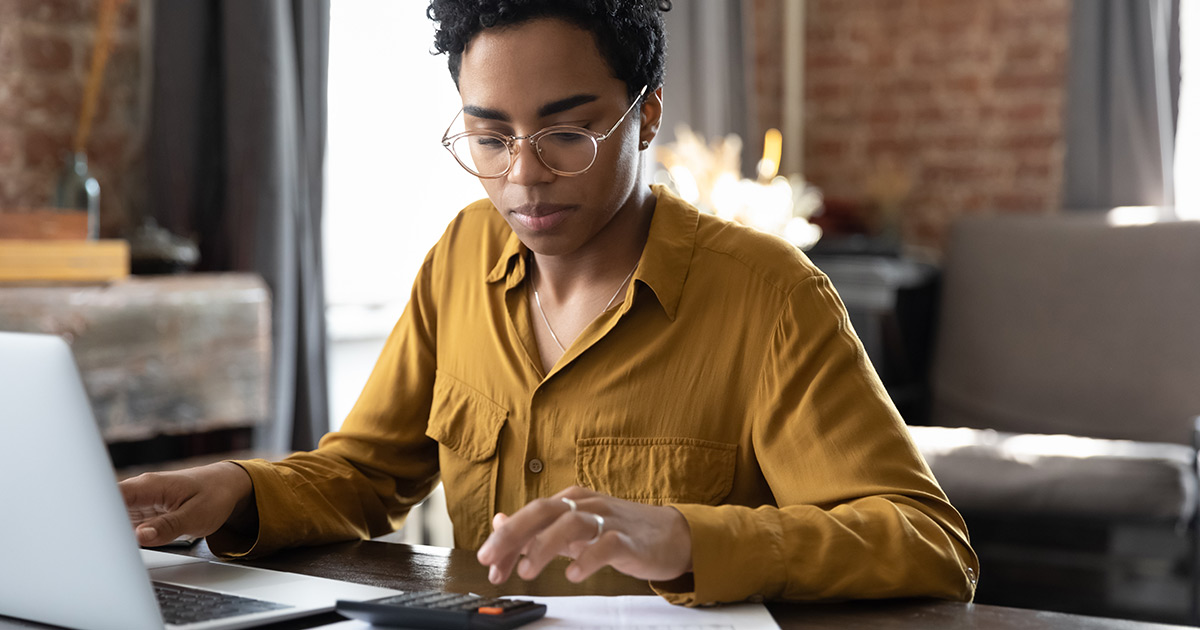2025-11-12
Six tips to spend smarter this summer
Bankruptcy Consumer Proposal
Summer fun doesn’t have to come with a hefty price tag.
Many people dealing with insolvency are scared of having to file for Bankruptcy. But here’s the thing — bankruptcy is not the same as insolvency. Being insolvent does not necessarily mean you’re bankrupt — although sometimes filing a Bankruptcy can be the best option.
Insolvency is a financial state: You are insolvent if you cannot meet your debt payments on time.
Bankruptcy is a legal process that provides permanent financial relief when a person can no longer repay their debts.
Being insolvent can result in declaring Bankruptcy. However, insolvency does not necessarily lead to Bankruptcy. Depending on your situation, there may be other ways of dealing with your debt.

There are many reasons why you might reach a point where you can’t repay your debts in a timely manner — particularly in today’s economy. For example, high utility and gas prices can make a major difference in your ability to pay your bills. Spending more than you earn is another trigger that can lead to insolvency.
Many people who struggle with debt feel ashamed. This leads them to hide their problems —often for so long that Bankruptcy is the only remaining option. But insolvency can happen to anyone. Being proactive about your financial issues and talking about them with your family, and potentially a Licensed Insolvency Trustee, maximizes the options to deal with the debt and regain peace of mind.
Bankruptcy is a government legislated, legal process that can only be administered by a Licensed Insolvency Trustee. It provides relief and protection for people who cannot pay their debts and allows for a fair, orderly distribution of their non-exempt property among unsecured creditors.
After filing for Bankruptcy, the Licensed Insolvency Trustee takes possession of your assets, except those that are legally exempt. Bankruptcy is not meant to punish you; you will get to keep most or all of your household items, in some cases your principal residence, the tools of your trade, and most often a vehicle. The assets you surrender will be liquidated (i.e., sold) and your creditors will receive the proceeds in lieu of your unpaid debts. There may be caps on the value of the items you get to keep, but for most people, this isn’t an issue.
The Licensed Insolvency Trustee will also have an interest in the assets you acquire up to the date of your discharge from Bankruptcy — including inheritances, tax refunds and lottery winnings.
After you’ve completed all the necessary tasks, you’ll be discharged from Bankruptcy and will no longer be insolvent. A first Bankruptcy typically takes between 9 and 21 months for most people.
Bankruptcy has its advantages, including the fact that your creditors are legally bound to the process, cannot reject a Bankruptcy, and cannot negotiate terms. But it also has disadvantages. For example, if you receive an inheritance or lottery winnings — or simply start making more income — your monthly payment may increase.
If you don’t owe more than $250,000 (after your mortgage on your principal home), you can file a Consumer Proposal. Like Bankruptcy, this is a government legislated, legally binding arrangement. However, it will only apply to your unsecured creditors. Filing a Consumer Proposal allows you to negotiate the amount of debt you repay and the terms of your debt.
If the majority of your creditors accept your Consumer Proposal, you will have one monthly payment that you will pay to your Licensed Insolvency Trustee. The trustee will then pay your creditors as outlined in the Consumer Proposal. You can take up to five years to repay a Consumer Proposal. Most people choose this option to keep the monthly payment as budget-friendly as possible — though there is no penalty for paying it off sooner.
Although a Consumer Proposal takes longer to complete than a Bankruptcy, it is less damaging to your credit rating and offers greater flexibility. However, there is always the chance your creditors will not accept the proposal, in which case your remaining option will be to file a Bankruptcy.
A Licensed Insolvency Trustee can advise on whether a Consumer Proposal is a good option for you.
When you file a Consumer Proposal or Bankruptcy, the Licensed Insolvency Trustee will provide financial counselling to help you understand the causes of your debt and give you strategies to avoid insolvency in the future. While many people initially feel hesitant to attend these sessions, most find it to be nearly as rewarding as their financial fresh start.
Don’t wait until you’re facing insolvency to get advice from a Licensed Insolvency Trustee. If you’re struggling to pay your debts and feeling stressed about your financial situation, contact MNP for a Free Confidential Consultation. Our Licensed Insolvency Trustees deal with insolvency every day and can be a great resource to help you recover long before Bankruptcy or a Consumer Proposal are your only remaining options.
Interested in learning more? Try our debt calculator to get started. It will assess the value of your assets, your debts, and the interest rates and repayment schedules, to determine the best option for you.
2025-11-12
Bankruptcy Consumer Proposal
Summer fun doesn’t have to come with a hefty price tag.
2025-11-07
Bankruptcy Consumer Proposal
If you're facing a mountain of debt, you're not alone. There are two viable options available to help you find relief: Consumer Proposal and Bankruptcy. Each approach offers unique benefits that can be tailored to fit your specific financial situation.
2025-10-20
Alternatives to Bankruptcy Bankruptcy Consumer Proposal Lifestyle Debt MNP Consumer Debt Index
Just when seniors should be relaxing and enjoying the fruits of their labour, many find themselves struggling financially — an unsettling contrast to the ease they’d hoped to live their golden years.